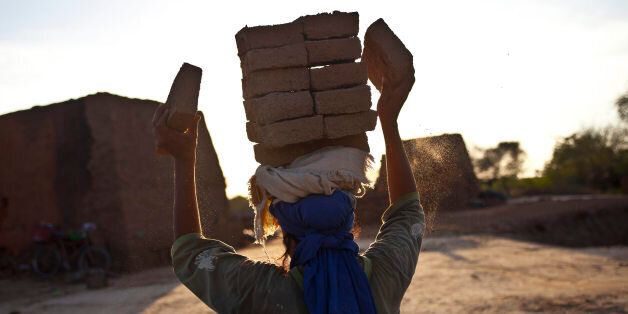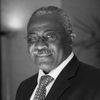
When I think about development, I always come back to one thing: people. The organization I head, the International Fund for Agricultural Development (IFAD), makes loans and grants to governments to finance development projects. But it isn't "all about the money." In fact, I have often said that our investment portfolio is just the tool; our real business is helping people to lift themselves out of poverty and build better lives for themselves and their families.
Which is why it is so heartening to see President Obama and Pope Francis coming together to discuss the major challenges facing our world, including the problem of growing inequality. In January, the World Economic Forum identified inequality as the risk most likely to cause damage globally in the coming decade. That damage is not just to global security and the stability of nations and governments; it is daily damage to the lives and future prospects of billions of people.
What many people do not realize is that three-quarters of the world's poorest people actually live in rural areas of developing countries, and most of them depend on agriculture in one way or another for their livelihoods. The human population is now, for the first time in history, about evenly divided between urban and rural.
Listening to the discourse about our increasingly urban world, you might be tempted to think that rural areas have no future. But nothing could be further from the truth. Our cities need rural areas more than ever to provide food and protect natural resources, such as water. We depend on rural people to grow our food and act as custodians of the environment, and of biodiversity. And just as it has always been since the dawn of civilization, farming is mainly a family business and will continue to be so. Most of the world's farms are small, particularly in the developing world, where 500 million smallholder farms are responsible for up to 80 per cent of food production in some regions.
If we want to achieve a world without poverty and hunger, we must involve small family farmers as players as part of the solution. You can't talk about a food-secure future with healthy cities, decent work, clean air and water, and stable societies, and yet leave billions of rural people out of the equation.
IFAD is both an international financial institution and a United Nations agency. This dual identity makes it unique. It is also unique in being exclusively focused on rural areas. More than 35 years' experience in almost 120 countries have shown us that targeted, inclusive rural development has the ability to transform lives more dramatically than any other form of intervention. We have seen time and time again that investing in rural people pays dividends, resulting in better livelihoods, higher food production, improved food security and nutrition, and healthy, thriving communities. And it also contributes to stability by giving young rural people options other than migration to cities or abroad in search of opportunity, which does not always materialize.
Here is an example from my own country, Nigeria. Last fall I visited a project in the Niger Delta, an area better known for its violence than for its farming. There I met young people who had discovered that fish farming and vegetable growing could turn into a lucrative business. These young farmers had become role models. They were contributing to the stability and wealth of their communities, and showing that economies can thrive even in unpromising conditions. More than that, rural development had brought hope and prosperity to what was once a "no go zone."
When President Obama and Pope Francis discuss how to help those who have thus far not benefited from global economic expansion, I hope they will first look at where those people are. The gap between rich and poor is primarily a gap between urban and rural. Rural people need the tools and opportunities that other people need. Investment in rural areas involves building roads, providing infrastructure such as electricity and water, giving poor people access to microfinance, empowering women and training youth. It is the only intervention guaranteed to close the inequality gap -- and strong leadership is the first step.
